|
Also available on Switch and Windows Trails of Cold Steel III is the eagerly awaited follow-up to the incredible Trails of Cold Steel II taking place about a year later, and normally, I would have started up Cold Steel III as soon as I finished my replay of Cold Steel II, but a friend of mine said that some character from the Trails in the Sky games were in Cold Steel III and that I really needed to play those three games first to really appreciate their roles in this one. After powering through all three of the Trails in the Sky games, I finally started Cold Steel III, and pretty immediately, I saw what he meant; Tita Russel, the absolute best part of the Skies games, is a pretty significant NPC in Cold Steel III, so I'm definitely glad that I took his advice. If you've played the first Cold Steel, you pretty much know what to expect from Cold Steel III as far as the basic structure of the game goes. Most of it takes place at Thors Military Academy although Cold Steel III takes place at the new branch campus in Leeves, a suburb on the opposite side of Heimdallr from Trista. Rather than being a student in Sara's class, Rean himself is now the instructor of the new Class VII. On free days, Rean does the same kinds of things that he did in the first game except from the perspective of a teacher helping his students rather than a student helping his teachers. The only major gameplay difference is the "brave" orders that can be used in battle for a variety of stat boosts for a few turns and the ability to set a sub-master quartz in addition to your master quartz (which, admittedly, was probably my favorite new gameplay mechanic). Like the field studies that Rean went on as a student, the branch campus goes on field exercises with each of the classes - Class VII: Special Operations, Class VIII: Combat Tactics, and Class IX - Military Finance - doing different kinds of exercises. Class VII's Special Operations activities look suspiciously similar to the Bracer-esque things that the old Class VII did on their field studies. -insert thinking emoji- Over the course of their field exercises, Class VII confronts the social and political issues brought on by the fallout from the civil war, Ouroboros's continued schemes, and the Erebonian annexation of North Ambria and Crossbell. Along the way, they uncover a new insidious plot and see the effects of Erebonia's rapidly deteriorating relationship with the Republic of Calvard. In terms of the world-building the game does, it's phenomenal. The game's narrative framing is, however, very derivative. The narrative structure, progression, and whatnot in Cold Steel 3 are almost a carbon copy of Cold Steel 1 right down to the game ending with a super climactic and world-changing cliffhanger. That's not to say that it's bad - the formula they're copying is an excellent one - but it is a bit off-putting, or at least was to me, to have the third and presumably fourth game so exactly mirror the story dynamic of the first and second game. Thankfully the game's field exercises take all take place in areas that Rean didn't get to explore in the previous games, and there are plenty of new characters to get to know and interact with, so the game never feels stale, but the word "derivative" really is quite apt for the game's structure to a degree I haven't seen in any other series. Visually, the game looks pretty similar to the PS4 remasters of the first two Cold Steel games. The details on the models and textures are definitely improved, but it's not as dramatic an improvement as one might expect going from a PS4 remaster of a PS3 game to a game that actually made for PS4. Still, though, the game looks good, and I only encountered one noteworthy bug (plus one hilarious bug) during my roughly five dozen hour playthrough. The music is a mix of tracks familiar from the previous games and new compositions, and while I personally prefer the music from the first two games, the soundtrack is still solid, something I've noticed is the case in all of the Trails games. Likewise, the voice acting is extremely well done for the main characters; it's a little more hit-or-miss for the minor side characters. My only complaint with the voice acting is that they changed Millium's voice actress. The new VA did a great job, but it was a pretty noticeable change for me; it was a bit lower pitched and didn't have quite as memorable a "cutesy" and aloof inflection as the original VA's performance did, and those are two of Millium's core character traits. It's by no means a bad performance, but I definitely preferred the original VA. All things considered, Trails of Cold Steel III is another solid entry in an incredible JRPG franchise and an excellent follow-up to its predecessors. I didn't find myself quite as grasped by the characters or story in 3 as I did in 1, but that's entirely down to personal preference. If you were a fan of the other Cold Steel games, definitely play this one, but before you do, make sure you've played the three Trails in the Sky games. It doesn't matter what platform you play Cold Steel III on as there's no save data importing like there was in Cold Steel II, so if you played the first two on Vita, no worries. Likewise, if you played the first two on PS4 but want to play III on Switch, no worries there. No matter how you play it, though, make sure that you do; the Erebonian Empire's continuing trials make for a great story, and the characters from the first two Cold Steel games have matured and developed remarkably. My Rating - AAlso available on PlayStation 3, PlayStation Portable, and PlayStation Vita If you read my reviews of Trails in the Sky and Trails in the Sky SC, then most of what I have to say about Trails in the Sky 3rd is going to sound pretty familiar. Those three games all look, sound, and play virtually identically, so the only real distinction between the three games is the story, the characters, a handful of extremely minor tweaks to gameplay mechanics. 3rd takes place about six months or so after the events of SC and focuses around Father Kevin Graham and his squire, Sister Ries. While the focus may be on Kevin and Ries, all of the major characters from the previous two games return here; by the end of the game, you have a whopping sixteen playable characters. Your party is still limited to four characters, but you do have the option of setting a "support" character that can give passive buffs. What passive buffs you're given depends on the character you select as your support. As far as game mechanics go, that's really the only major change from SC other than a quick travel option. There are a couple minigames, but they're honestly super forgettable. A friend of mine described Trails in the Sky 3rd as feeling like "post-game DLC for SC" before I started it; having finished 3rd, I can absolutely agree with that. It doesn't really expand on much of the overarching story from the two previous games so much as just add a little detail to a couple things here and there and flesh out the characters' backstories a bit. Some of these backstories are fantastic; the look at Estelle's and Joshua's lives right after Cassius adopted Joshua and the background for Kevin were super interesting. Seeing Renne's past filled out was a brilliant albeit sad and disturbing little side story. Some of them, though, were frankly kind of boring. Kloe had a pretty lengthy side story, and I was honestly so bored during it that I couldn't keep my focus. I ended up spending as much time scrolling through Facebook on my phone as I did actually doing the story. Most of them were at least moderately interesting, though. Without giving away story spoilers, I'm honestly not sure what more I could say about it. Because of how the story is set up, it felt a lot harder to get mira than in the two previous games, although part of that impression could be because of how many playable characters I ended up needing to upgrade armor and weapons for. The game takes place in a sort of "pocket dimension" of sorts away from the normal world, so it felt a lot more empty and isolated given the lack of NPCs to populate the world. That's not a negative per se, but I personally thought it felt a bit lonely. Between the lack of NPCs, the lack of grandiose feeling with the story that the two previous games had, and the fact that the game is around 10 to 15 hours shorter than the two previous games, it overall just felt like a step down in quality to me. Trails in the Sky 3rd is by no means a bad game. On the contrary, it's a very competent RPG with well written characters and an interesting scenario. The biggest problem the game has is honestly is pedigree; the game is good, but the two that came before it are just so much better. Judged own its own merits in a vacuum, it's a solid JRPG, but when played and considered in context to the first two parts of this trilogy, it comes out just feeling kind of okay. I absolutely recommend playing it if you've played the first two Trails in the Sky games, and if you're planning on playing Trails of Cold Steel, I definitely recommend playing through the whole Skies trilogy; having played the first two Cold Steel games, there are a lot of allusions and references made to the Skies games that I didn't notice during my playthroughs of Cold Steel 1 and 2 but really appreciate in hindsight. Just don't expect Skies 3rd to be as good as Skies or Skies SC. It's good, but it's definitely the bronze medalist of that trilogy. My Rating - CAlso available on PlayStation 3, PlayStation Portable, and PlayStation Vita Trails in the Sky (TitS, if you will) SC is the "second chapter" of the story (hence the name) that Trails in the Sky started, and it's...well, it's more Trails in the Sky. Sort of like how the transition of Trails of Cold Steel to Trails of Cold Steel II was, there is very little that distinguishes this game from the first game at a glance. There are, however, some differences that you start to notice as you progress through the game. SC picks up exactly where the first game left off. I won't give any spoilers, but Sad Thing A happens at the end of the first game, so at the start of this one, Sad Character B decides to do Preparatory Thing C to get ready to accomplish Goal D. I think that should be vague enough not to spoil it while giving a (very, very, very) vague idea of the game's early plot. Then Sad Character B gets further wrapped up in trying to thwart Evil Conspiracy E and teams back up with most of the characters from the first game; suddenly a lot of seemingly unrelated plot threads start to come together into a single cohesive tapestry. The first two Cold Steel games are pretty similar in that regard. As such, SC isn't NEARLY as slow burning a game as the first one was. I got sucked into this one significantly faster than I did with the previous game. Visually and aurally, SC is virtually identical to its predecessor. Even mechanically, they're almost identical. The biggest changes are the introduction of Combo Crafts which use CP (the craft points you gain by taking and dealing damage) to let two characters team up to perform a powerful attack and better orbment abilities. You get a wider variety of quartz options for your obment thus giving you more options for strategy and the potential for greater stat effects. It also seemed like the game was significantly more generous with experience points in SC but much stingier with sepith. That may have just been how it seemed since I played SC a bit differently than I did the first game given how much more used to the basic mechanics I was, but it definitely felt like I was leveling up significantly faster while also being perpetually out of sepith and unlocking orbment slots much more slowly. It's not just the positives and neutrals from the first that were largely carried over into SC; the negatives also carried over for the most part. The pacing didn't feel as slow, and I didn't find myself getting bored quite as often in the early parts of the game, but they seemingly doubled down on the bugs related to Turbo; I had to reload my most recent save file on four separate occasions during my playthrough of SC whereas I only had to do that once in the first game, and I finished SC faster. It wasn't the end of the world since I learned my lesson about not saving frequently in the last game, but it was definitely an annoyance; if you're going to add a feature into the game, make sure it works. This is especially true for a game that's been out for over half a decade. The game released on PC worldwide in late 2015 (and in early 2006 in Japan); it's now early 2021. That's plenty of time for bug fixes. Fortunately, however, that was the only bug issue that I noticed during my playthrough. Everything else worked well and ran smoothly. Trails in the Sky didn't blow me away given its extremely dated presentation and visual style, but it's definitely a fun game with a good story and a fantastic cast of characters. I definitely enjoyed my time with SC more than I did my time with the first Trails in the Sky, but that's not to say that it didn't have its slow points. Still, all things considered, I can readily recommend this to any JRPG fan with a PSP or PC (or a PS3 or PS Vita for those who speak and read Japanese). It doesn't look great by today's standards, and some of the gameplay elements feel a bit dated as well, but that doesn't detract from enjoyment in the slightest. It would be great to get a remaster or even full remake of this game and its predecessor, but until that happens (in the extremely unlikely event that it does), this game is a fantastic way to spend 50 hours. My Rating - A |
I'm a teacher.And I like to play video games. I like to collect video games. I like to talk about video games, and I like to write about video games. During the day, I teach high school history; during the night, I spend my spare time gaming. Then I write about it. Archives
April 2024
|
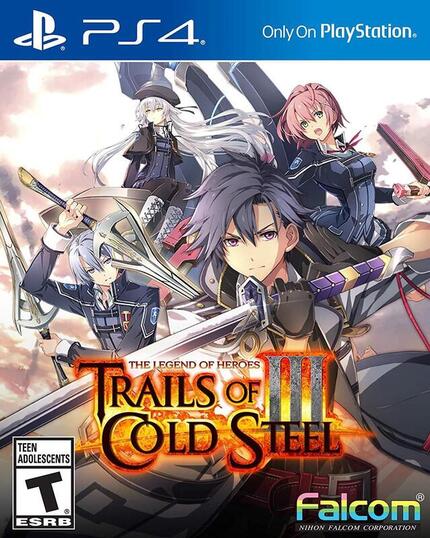
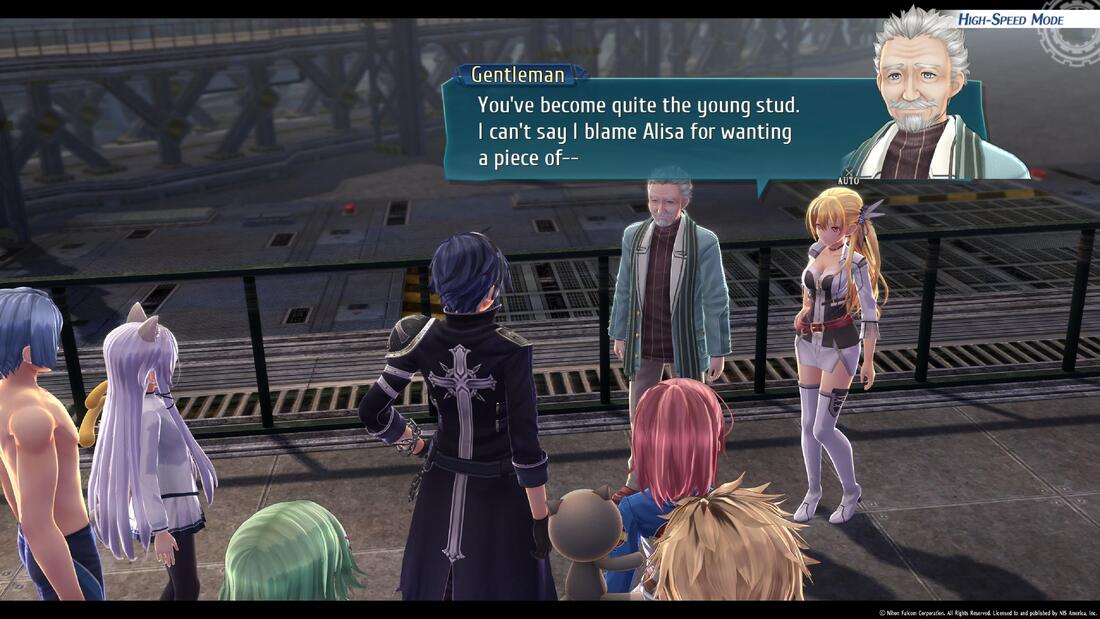
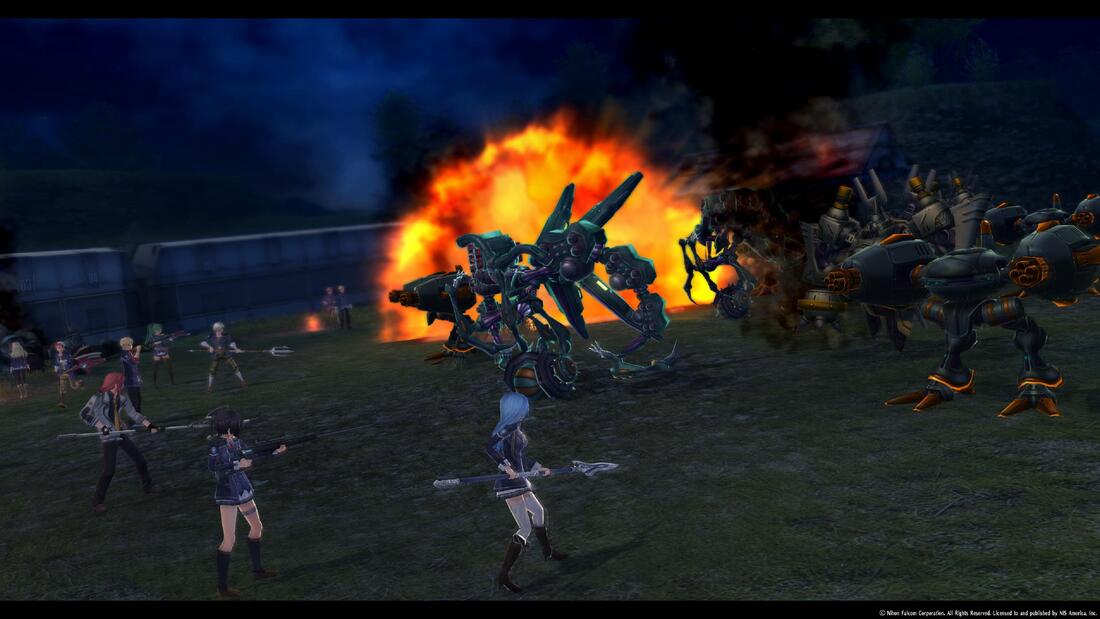
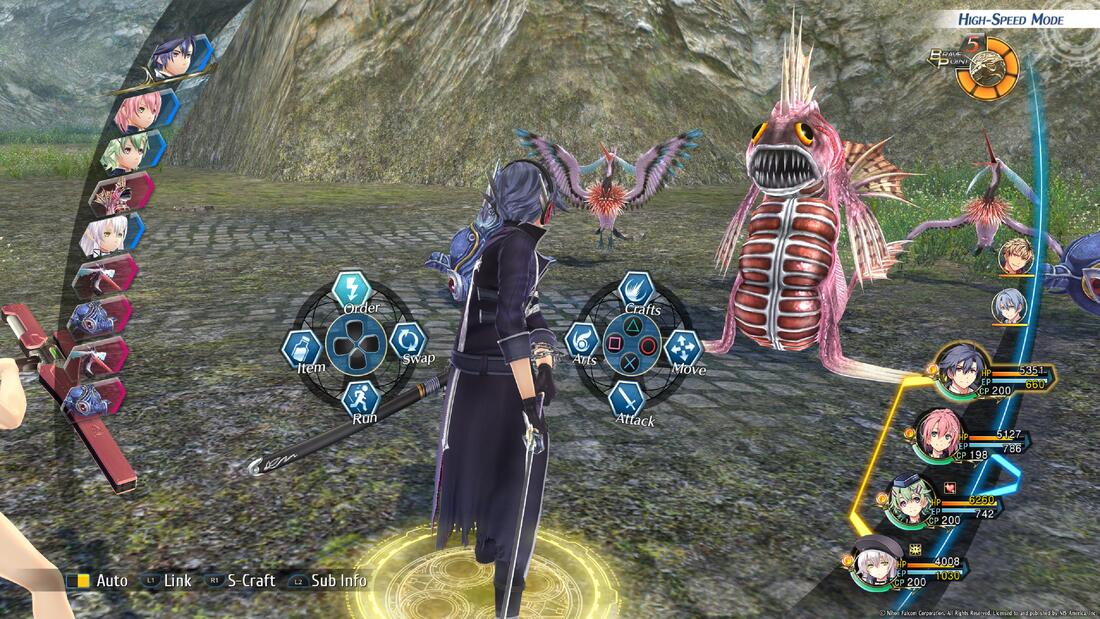
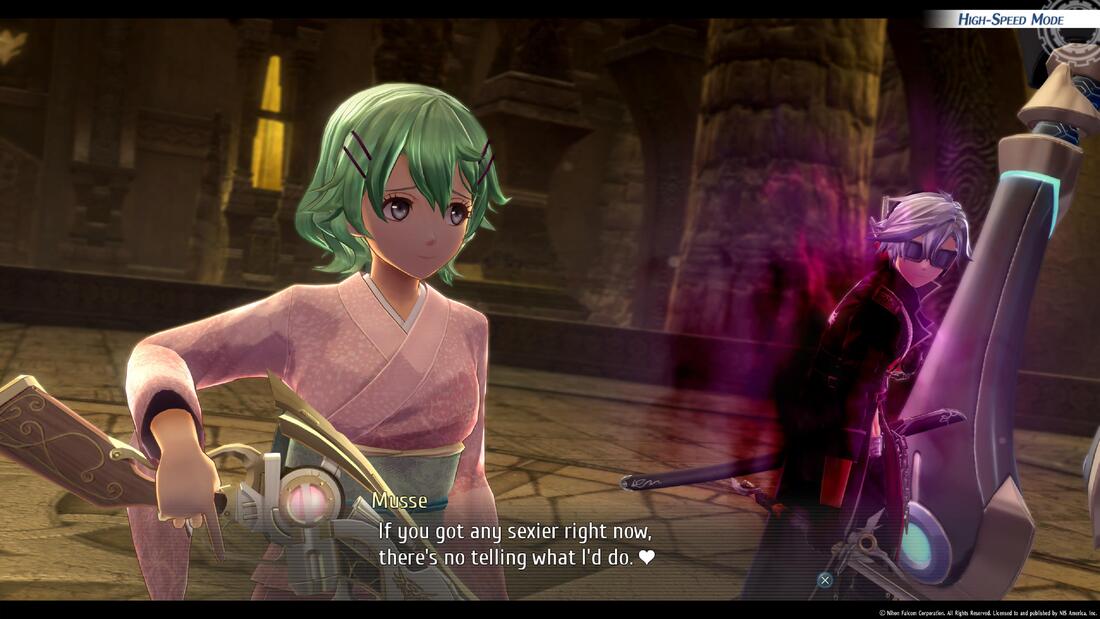

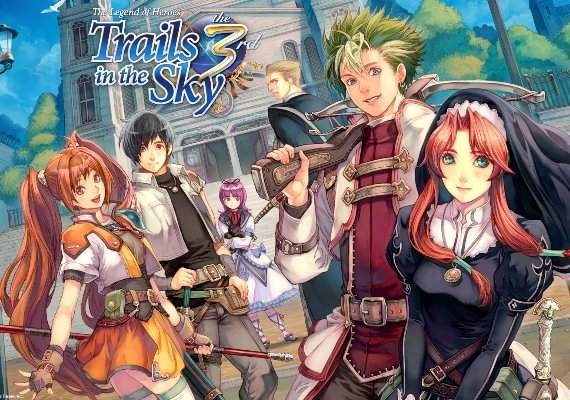
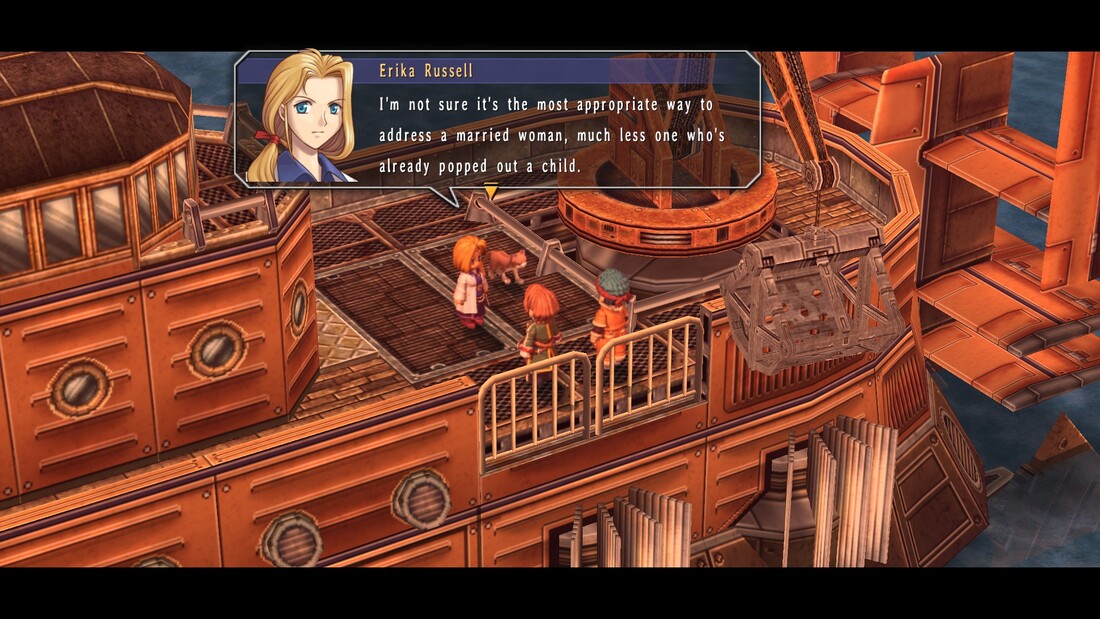

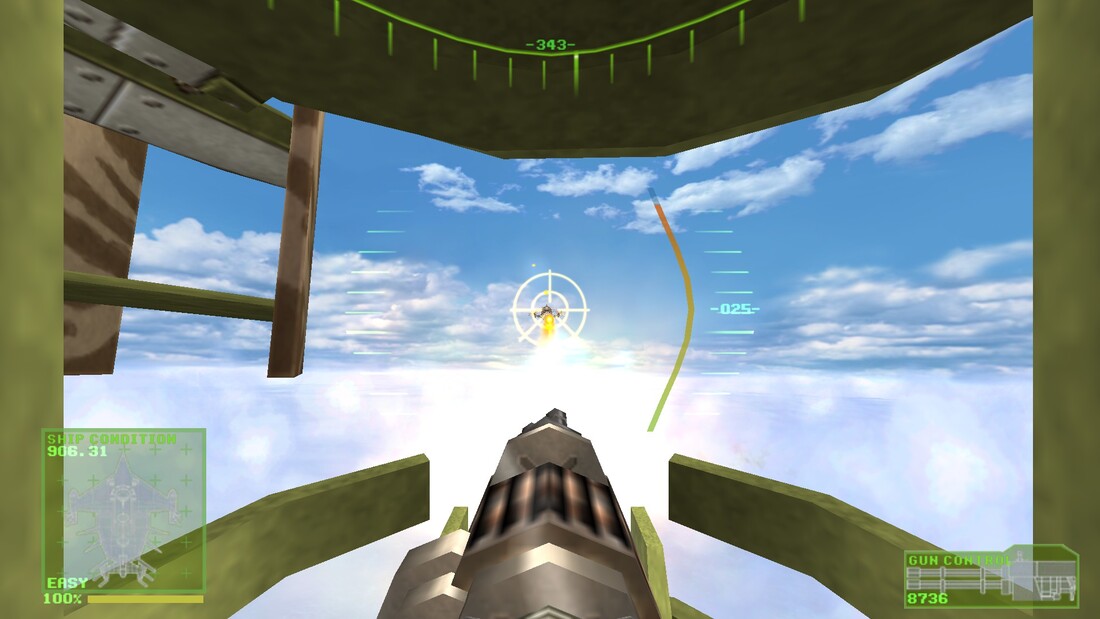
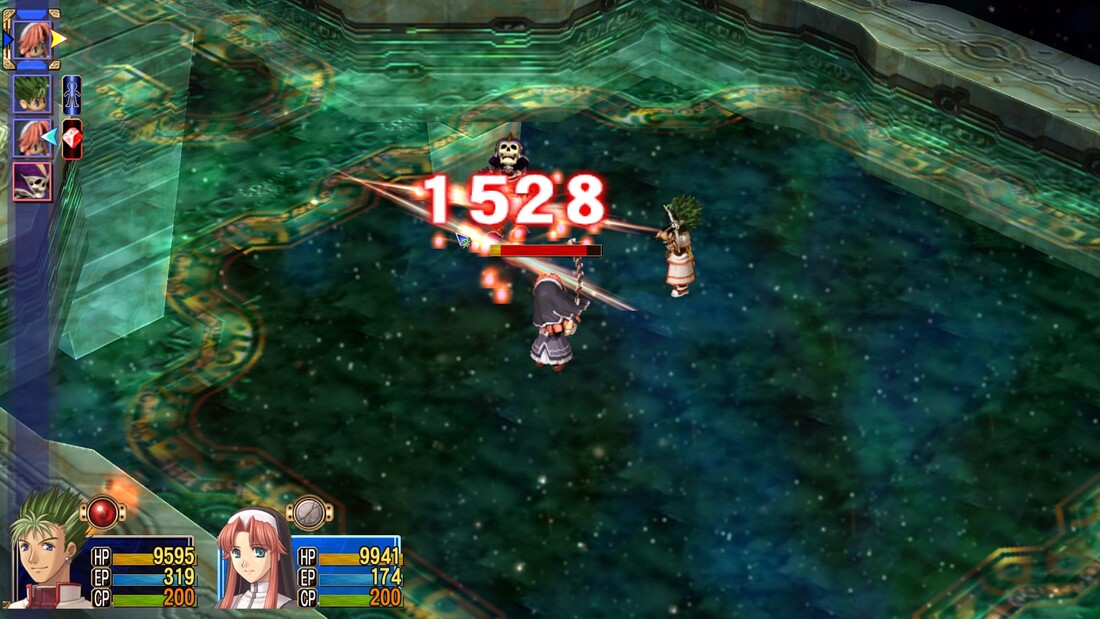

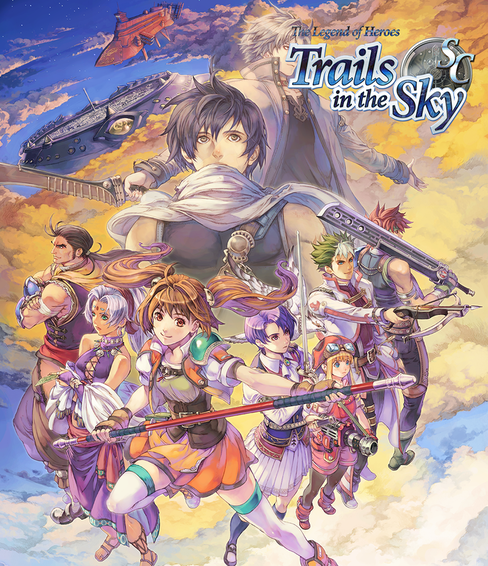
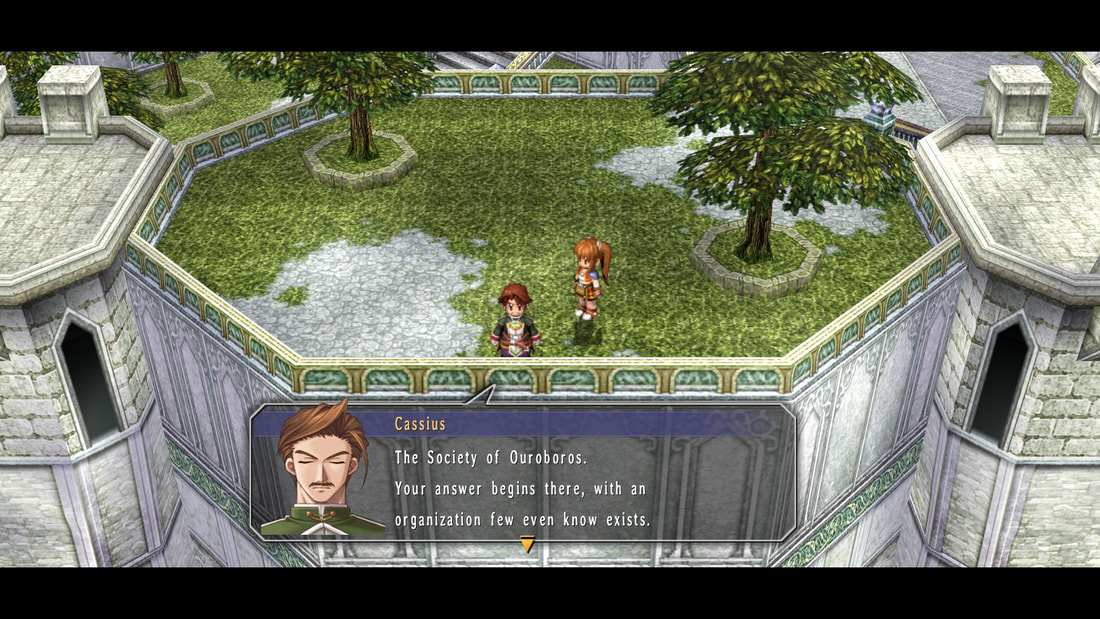


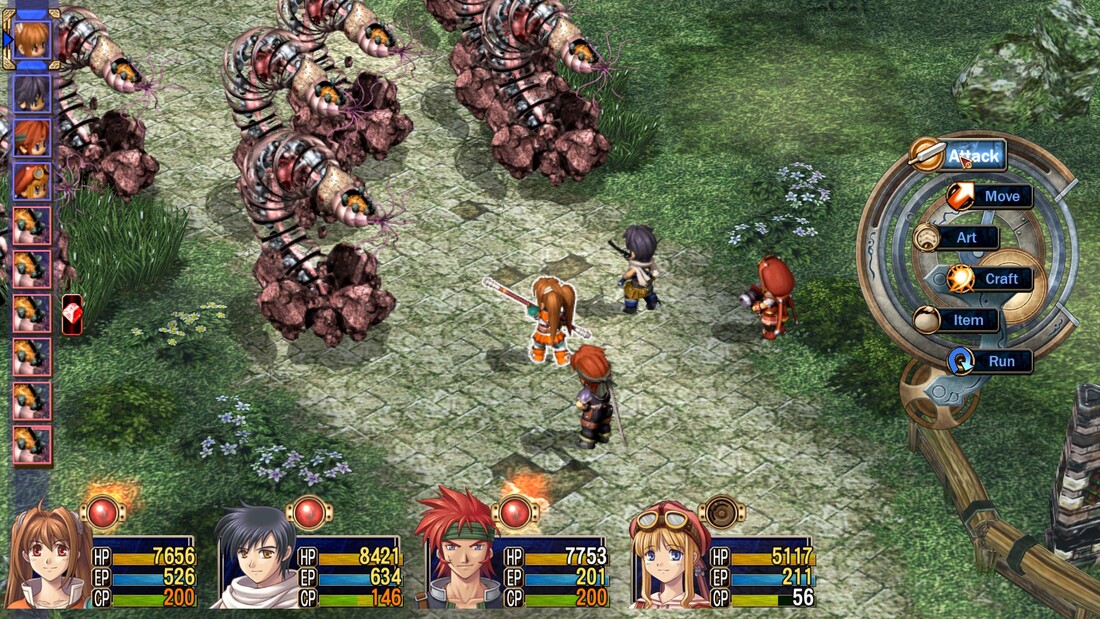

 RSS Feed
RSS Feed
